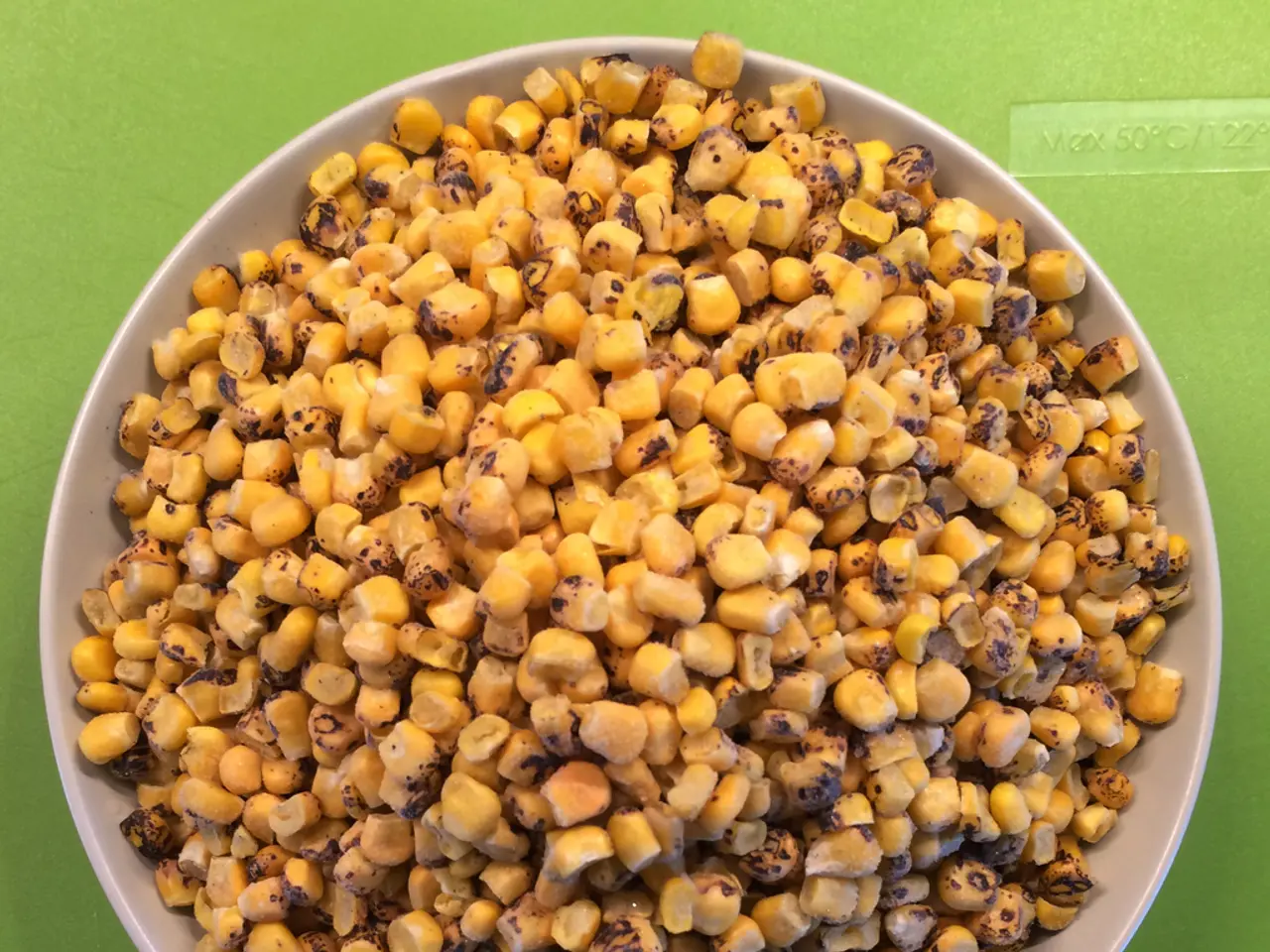Guide to Seed Germination from Scratch: Comprehensive Instructions for Seed Sowing
Growing Seedlings: A Guide for Warm-Weather and Cold-Weather Crops
Starting seedlings is an exciting part of gardening, and understanding the best methods for warm-weather and cold-weather crops is crucial.
Warm-weather crops, such as tomatoes, peppers, eggplant, and rosemary, thrive when started indoors several weeks before the last expected frost date. This method allows for a head start in growth so that seedlings can be transplanted outdoors when the soil and air temperatures are reliably warm enough for healthy development.
On the other hand, cold-weather crops like carrots, parsnips, garlic, asparagus, artichokes, beets, and radishes, as well as many root vegetables and leafy greens, are often best suited for direct sowing into the soil outdoors. These crops are often frost-tolerant or prefer to develop in place without transplanting, as they are sensitive to root disturbance.
Here are some key points to optimize seed starting methods:
- Check germination temperature: Seeds germinate best within specific temperature ranges, usually noted on seed packets. Warm-season crops often require higher soil or air temperatures (70°F to 85°F or higher) to germinate well, whereas many cool-season crop seeds can germinate in cooler soil (45°F to 70°F).
- Timing by frost dates: Knowing your regional last spring frost date (for warm crops) and first fall frost date (for cold crops grown into fall) helps you schedule when to start seeds indoors or sow outdoors.
- Soil preparation: For direct sowing cold-weather crops, moisture and soil temperature management are important (e.g., cooling soil in hot weather before sowing) to aid germination and seedling establishment.
- Use of controlled environments: Warm-season crops benefit from indoor seed starting setups like trays with heat mats or cold frames/greenhouses to maintain optimal temperature and humidity during germination and seedling growth.
In summary:
| Crop Type | Best Seed Starting Method | Timing and Notes | |-------------------|-----------------------------------------|---------------------------------------------------------| | Warm-weather crops | Start seeds indoors, then transplant | Start 6-8 weeks before last frost; transplant after frost risk passes and soil warms[1][5] | | Cold-weather crops | Direct sow outdoors | Sow early directly in garden; seeds tolerate and prefer cooler soil and less root disturbance[1][4] |
Remember, it's important to harden off seedlings before transplanting by gradually exposing them to the outdoors for longer periods of time. High-quality seeds have a higher chance of germinating faster and producing strong seedlings. Biodegradable pots, made from materials like cardboard pulp, dried coconut husks, paper, and cow manure, are also a great choice as they break down into the ground, minimizing transplanting shock.
Happy gardening!
[1] University of Illinois Extension. (2021). Seed Starting. Retrieved from https://extension.illinois.edu/seeds/seed-starting [2] Cornell University Cooperative Extension. (2021). Seed Starting. Retrieved from https://blogs.cornell.edu/vegetableprogram/seed-starting/ [3] North Carolina State University Extension. (2021). Seed Germination. Retrieved from https://www.ces.ncsu.edu/depts/hort/consumer/gardening/seed-germination/ [4] University of Maine Cooperative Extension. (2021). Direct Sowing Seeds. Retrieved from https://extension.umaine.edu/publications/4054e/ [5] University of Vermont Extension. (2021). Seed Starting. Retrieved from https://www.uvm.edu/extension/gardening/seed-starting
To further nurture your home-and-garden lifestyle, you might consider strategically incorporating both warm-weather and cold-weather crops into your garden plot. For example, tomatoes and peppers are warm-weather crops, requiring a head start at home before transplanting when the soil is reliably warm, while radishes, carrots, and beets are cold-weather crops ideally sown directly into the garden outdoors. To ensure a successful harvest, optimize seed starting methods by checking germination temperatures, timing by frost dates, and soil preparation, as well as using controlled environments or biodegradable pots.




